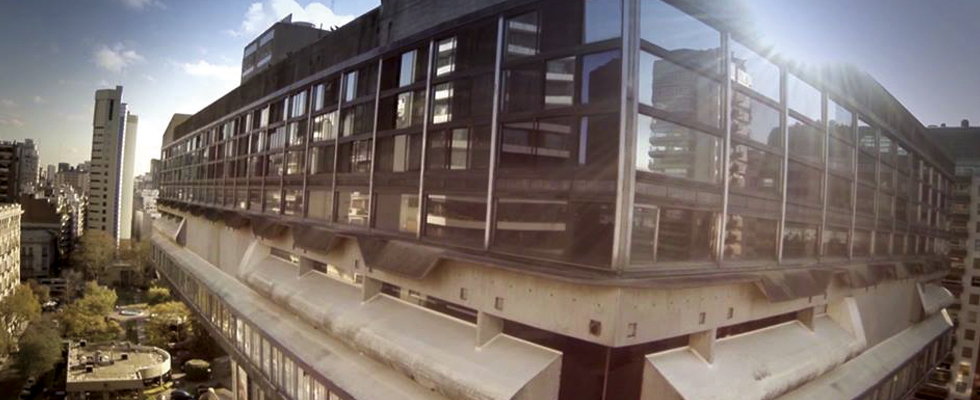The National Library
Present in tours
Located on a raised area of land in the elegant Recoleta neighbourhood, Argentina's Mariano Moreno National Library is based on a modernist architectural project from the architects Clorindo Testa, Francisco Bullrich and Alicia Cazzaniga, who won a national contest to design the building in 1961, though it was not inaugurated in 1992. It's a landmark piece of brutalist architecture with a spectacular view from the reading room on the fifth floor.
The library houses close to a million manuscripts, books, documents, photos, maps, scores and recordings and has the biggest newspaper archive in Latin America. The most valuable pieces are in the treasury, which contains 11,000 volumes, most of them from the 16th and 17th centuries, but which also include 21 incunables from the 15th century and a page from the Gutenberg Bible.
The history
Argentina's National Library was founded by independence hero Mariano Moreno in the commotion of Argentina's May Revolution in 1810 and has born witness to the country's history. The institution's reading rooms, auditoriums and exhibitions offer a chance to consider the enigmas of Argentina's collective culture. The library was originally located in the Cabildo (1810-1812) , before moving to the Manzana de las Luces (1812-1901) and then to a luxurious building at Mexico 500 (1901-1992). Famous directors have included the writers Jorge Luis Borges, Luis Chorroarín, Paul Groussac, and Gustavo Martínez Zuviría.
The current site
The current library is built on the site of the former Palacio Unzué, a mansion that belonged to the Unzué family and was appropriated by Argentina's National Congress to clear debts in 1937 and was destined to be used as the presidential summer residence. Juan Domingo Perón (president 1946-1955) chose to live in the mansion permanently and his wife Evita Perón died in the residence on July 26 1952. The building was demolished after Perón was overthrown in 1955. The library building has six storeys and three basements where books are stored. There are nine reading rooms with capacity for 940 readers
The view
There is an excellent view of the city from the fifth floor reading room. Visitors should take some form of identification to gain access. Look out for the avenues Libertador and Figueroa Alcorta, the parks, port and the river.




